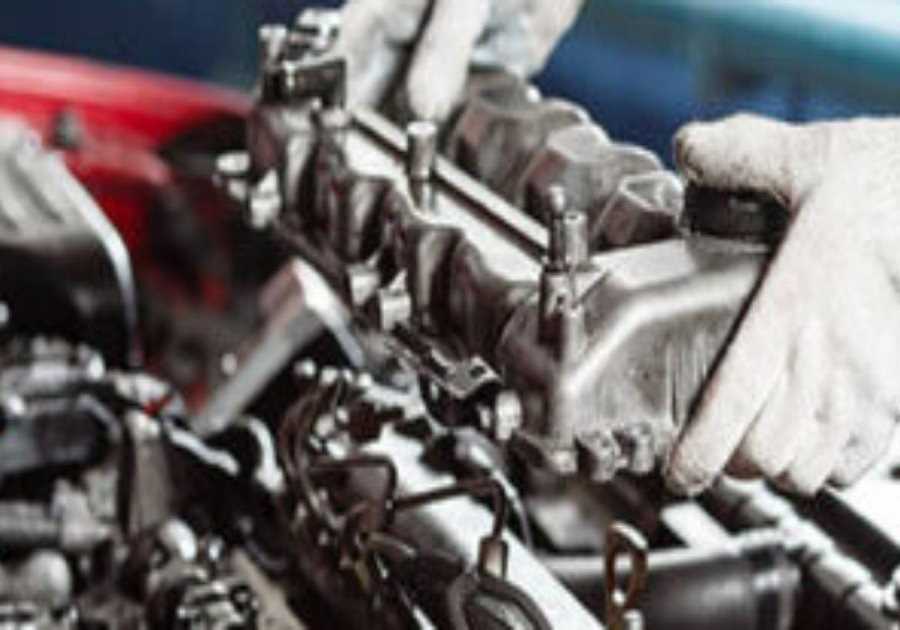ATTI observes the activities inside Jaguar Land Rover’s data storage repository, which has become a critical part of its engineering strategy, to learn how the numbers are crunched
Jaguar Land Rover began creating a data lake just over five years ago, with a view to having a live software and hardware component testing facility that could enable faster vehicle updates. As the name suggests, a data lake is more fluid than a data warehouse or hub and ensures that test engineers have real-time data.
The first rigs were set up in 2015 within Building 523 on the JLR campus at Gaydon in the UK. At first glance, it looks like a set of test benches simply analyzing components, but from this nondescript room, engineers can recreate almost infinite scenarios.
Jim Morgan is the chief engineer of connected diagnostics at JLR and is regarded as the founding father of the auto maker’s data lake, along with former director of engineering Nick Rogers.
The data lake is part of JLR’s Enterprise Data Solutions operation, which also includes the Enterprise Data Warehouse, but in addition to that, it is an intrinsic part of the engineering division.
“The main purpose of the data lake is to make sure all of the systems are in one place and connected to
a central repository of data,” Morgan tells ATTI.
Essentially, the objective of the data lake is to have a single source of data that connects to the standardized protocols across all elements within a car in the global fleet. This enables JLR to close the various loops, including software-in-the-loop, hardware-in-the-loop, test vehicles and customer cars. Ultimately, this allows continuous updates throughout the systems and fleet at various times during the lifetime of a vehicle.
Keep count
Test rigs are located across Gaydon, Ireland and India and there are more than 1,000 rigs dedicated
to hardware-in-the-loop testing alone. They are all bidirectional and can run 24 hours a day, seven
days a week, conducting 250,000 test cases.
Typical data visualization tools are used, such as BigQuery, Data Studio and Tableau, as well as data transformation tools including Dataprep, Cloud Data Fusion and Matillion. Much of the 2PB+ of data resides in the cloud, but JLR has dedicated off-site servers too.
Many of the rigs are connected to a dSpace computer that uses digital twin technology. Essentially it convinces any software or hardware component that it is a part of an actual vehicle in operation. A software model feeds data into the rig replicating a use case and analyzing it against almost infinite edge cases. If a solution is required it can then be identified and a live update can be written and instantly uploaded
to anything from one vehicle to the global fleet.
There are more than 1,500 vehicles in JLR’s global engineering fleet, all of which are connected to the data lake. These are joined by a further 400,000 cars that belong to anyone from dealerships to customers, all of which can be immediately accessed to assess an issue or to provide a live, over-the-air update.
A good example is the Pivi Pro infotainment system used by JLR. There are dedicated rigs for testing the system, which Morgan says are permanently running edge cases. There is even a camera that monitors
the screen itself to provide visual feedback that the simulation software can then analyze as part of its overall evaluation.
This setup means that a dealership or even a customer can identify a problem on the other side
of the world. That problem, be it with hardware or software, can then be emulated in the lab and assessed and a software fix can be written and sent to the vehicle. This all happens in a live environment that is totally unseen, making it seamless for the customer. In fact, the engineers are adamant that it can take just 15 minutes to set up a replication test and get it underway.
Facts and figures
It’s not just test benches that are used for individual components either. ATTI is shown around the full
car rigs, which can be used to simulate data for a range of scenarios, and at the same time show how
the hardware components interact within the millions of potential edge cases.
These rigs are typically built years before the first development car for a new production model and often run continually. Components are regularly de-coupled either for different test cases or to try alternative hardware, but all the data created is fed back into the data lake for analysis.
In some cases the tests are not about a specific use case in the real world, but simply to enhance the knowledge base of the digital twin. This enables the rigs to predict how something should act, again crucial not just in the development of a new model but also in the planning for new component applications.
One example is the way an anti-roll bar is connected to a rig. That rig is hooked up to a dSpace simulator that fools the component into thinking it is part of a complete vehicle. The parameters for any use case can then be provided by a test engineer, and the data analyzed to gain insight into how the anti-roll bar
will perform within a vehicle in the real world. Over time, the computer is able to add data from real-world situations, to create as complete a data set as possible relating to the component.
Sometimes the data from a test might require a new component and here, too, the engineers are able to respond relatively quickly. With Mazak 3D machines they are able to make their own parts that can then be tested on the rigs.
The engineering and data teams at JLR are extremely proud of the data lake operation. Its live environment and rapid response times give a significant advantage, not just in vehicle development and engineering, but also to customer service around the globe. Whatever characteristics both Jaguar and Land Rover are renowned for, it’s the data lake that appears to have become their beating heart.

Data is collated from 1,000 HIL rigs globally in Gaydon, Ireland and India. Any component might be connected for analysis, from suspension to infotainment systems, and the test units run 24/7 bidirectionally
Failure mode
Building 523 is not just about testing software and hardware in use around the globe; it’s also used for testing new products. JLR’s Jim Morgan says it is important to encourage minimal viable product (MVP) and then to start learning how it integrates before doing full development work.
This also means testing resilience to make a solution more resilient. The team are also encouraged to keep going, to fail fast and to learn from code failures before swiftly moving on. Finding the faults in the lab is essential to ensuring that those faults are not discovered when a car is with a customer – so even the
way a component fails is tested.
Technology transfer
Like most automotive manufacturers, Jaguar Land Rover is evolving into a tech company while still being a vehicle manufacturer. Its experts are of the view that as the world becomes exponentially more technically complex, the best approach is to increase knowledge through learning and then to reuse that knowledge in the best way possible.
An example is the Jaguar I-Pace, JLR’s first fully electric vehicle. It gave the engineers real data in the field that they have then been able to utilize for the company’s ongoing electrification strategy.
Some of that knowledge will not need to be used, but the engineering division at JLR is committed to the idea that it is very important to master the technology first and then control the direction that development takes. In doing so, JLR continues to drive the body of knowledge it has in order to continuously improve and innovate.
Title: Inside JLR’s data lake
Sourced From: www.automotivetestingtechnologyinternational.com/features/jlr-data-lake.html
Published Date: Mon, 25 Jul 2022 09:00:40 +0000
Did you miss our previous article...
https://bestbusinessblogs.com/automotive-tech/types-of-truck-accidents-and-how-to-avoid-them






